Our current research in plasma physics and simulation techniques includes:
Space and Astrophysical Plasmas
Magnetic Reconnection in Astrophysical Plasmas
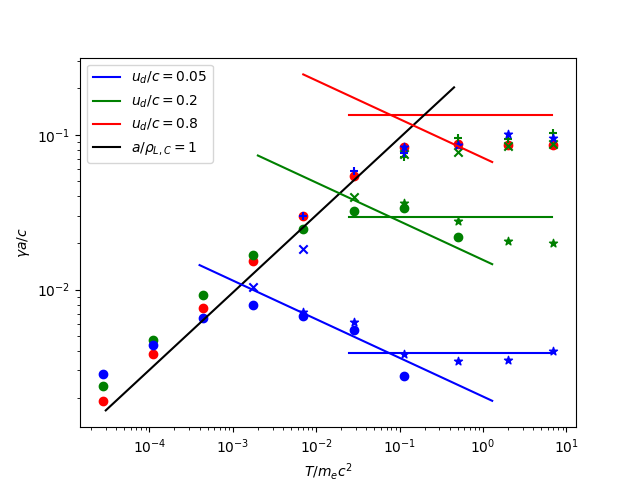
Magnetic reconnection is a fundamental process in space- and astrophysical plasmas, associated with magnetic reconfiguration, heating, bulk and suprathermal particle acceleration. We study the tearing instability as a prototype setting for magnetic reconnection from the non- to the highly-relativistic regime (Schoeffler et al. 2024, submitted).
Heat Flux Regulation in the Solar Wind
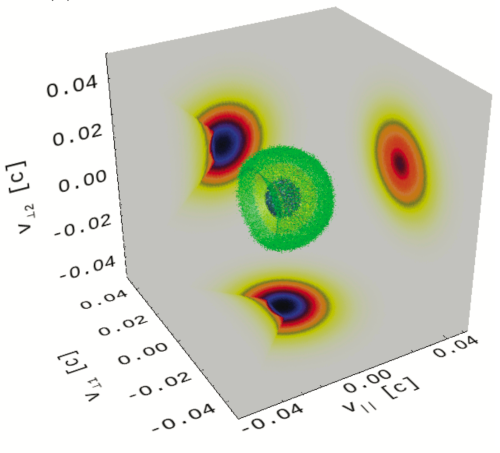
Electron scale instabilities are associated with heat flux regulation in the solar wind and thereby play a key role the solar wind energy balance. Here, we study the electron deficit instability and its effect on the heat flux. This electron deficit results from asymmetric velocity distribution in the ambipolar electric field in the solar wind (Micera et al., 2024, submitted).
Kinetic Instabilities in Collisonless Plasmas
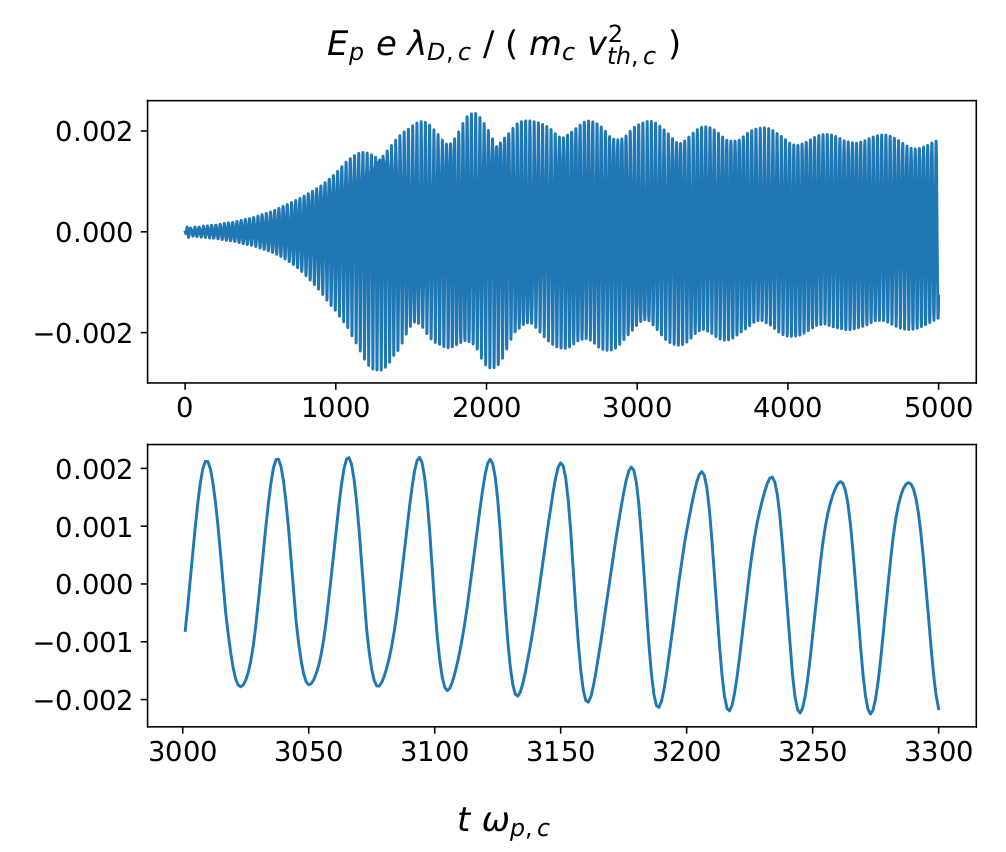
We study the ion-ion-acoustic instability for solar wind conditions to investigate its potential role in narrow-banded electrostatic bursts observed on board of the Parker Solar Probe spacecraft (Afify et al., 2024).
Magnetic Reconnection in the Magnetosphere
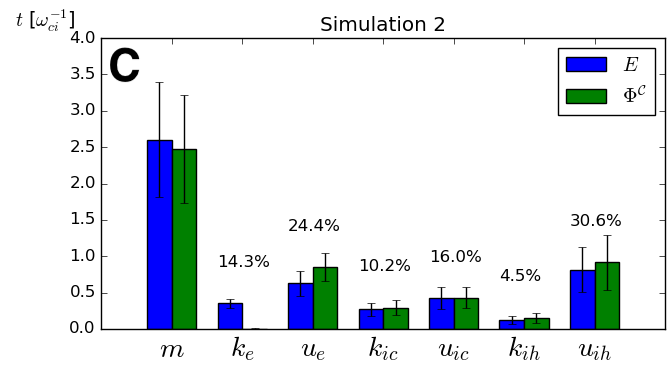
Partition of converted energy between the different particle populations during magnetic reconnection events is still not well-understood. Here we study the relative gain of thermal and bulk energy for ions in the Earth’s magnetotail, focusing on the differences between hot and cold ions (Dargent et al., 2023).
Numerical Methods and Techniques for Space Plasma Simulation
Semi-Implicit PIC Methods

Semi-implicit method aims at overcoming the restrictive stability conditions of explicit time discretizations. The semiimplicit Implicit-Moment-Method employs a Taylor expansion of the particles’ shape function at advanced times about the current position. This result in a relaxed stability constraint that allows for time and space resolutions tailored to either ion- or electron scales (Lapenta et al., 2006; Innocenti et al., 2017).
Expanding Box Methods
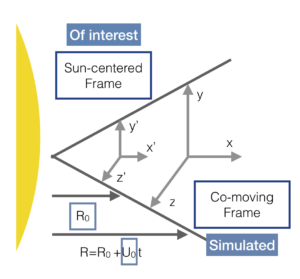
Solar wind parcels undergo an expansion while leaving the near-Sun environment. This comes with a radial variation of their key parameters that may result in the crossing of the onset thresholds of various micro-instabilities. To study this multi-scale feedback effectively, we use EB-iPic3D, a fully kinetic semi-implicit expanding box code.
Machine Learning Techniques in Plasma Theory
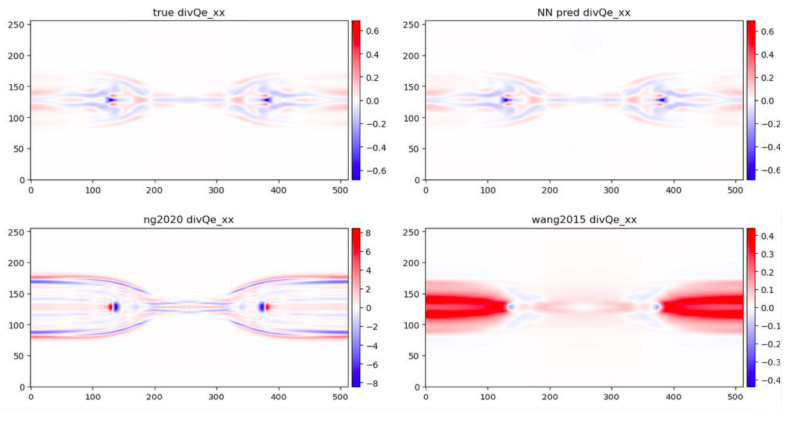
Only fully kinetic methods can self-consistently capture the heat flux in collisionless plasmas. Here, we train a multi-layer perceptron on kinetic simulations with the aim of reproducing the divergence of the heat flux that enters the lower moment equations. We compare the learnt closure with the ground truth and more common analytical approaches (Köhne et al., in preparation).
High-Performance Computing

We develop our simulation codes to run on massively parallel high-performance computers, like the SuperMuc-NG petascale system in Garching.


